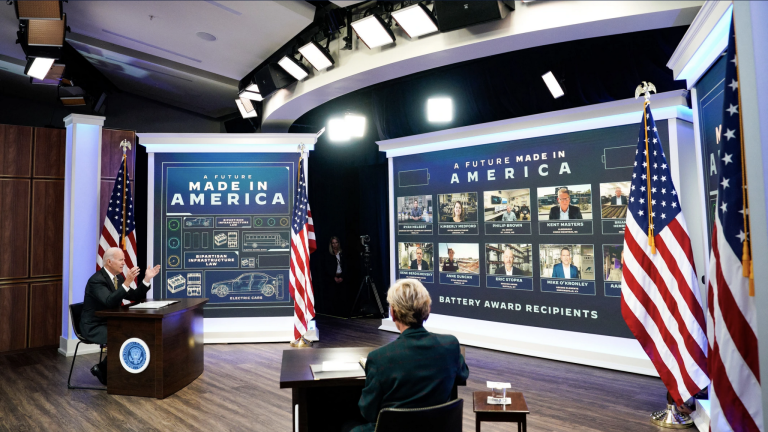
The US federal government is spending big on batteries and electric vehicles. As part of that spending spree, President Joe Biden and the Department of Energy have just announced $2.8 billion in awards to companies involved in producing the minerals and other materials that go into the batteries.
The funding will go to 20 projects, ranging from lithium processing and electrode manufacturing to battery recycling.
Both public and private funding for battery manufacturing in the US have exploded, sped by the passage earlier this year of the Inflation Reduction Act, which provides incentives for electric vehicles. Under the requirements in the new electric-vehicle tax credits, battery components must be sourced and made in the US or its free-trade partners. But much of the investment in battery manufacturing so far has been focused on later stages in the supply chain, especially factories that make battery cells for electric vehicles.
The new spending is an attempt to build out the earlier parts of the supply chain so the materials that go into a battery can also be made or sourced domestically. Making battery precursors in the US could help drive down costs for new technologies and ensure a steady supply of batteries, as well as establishing new companies and creating jobs.






